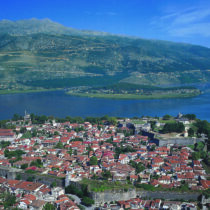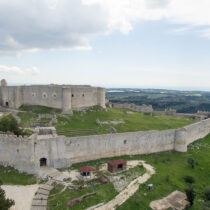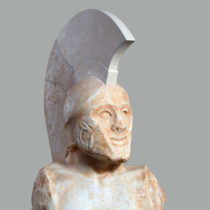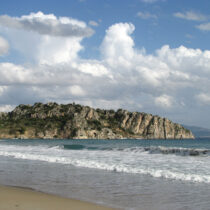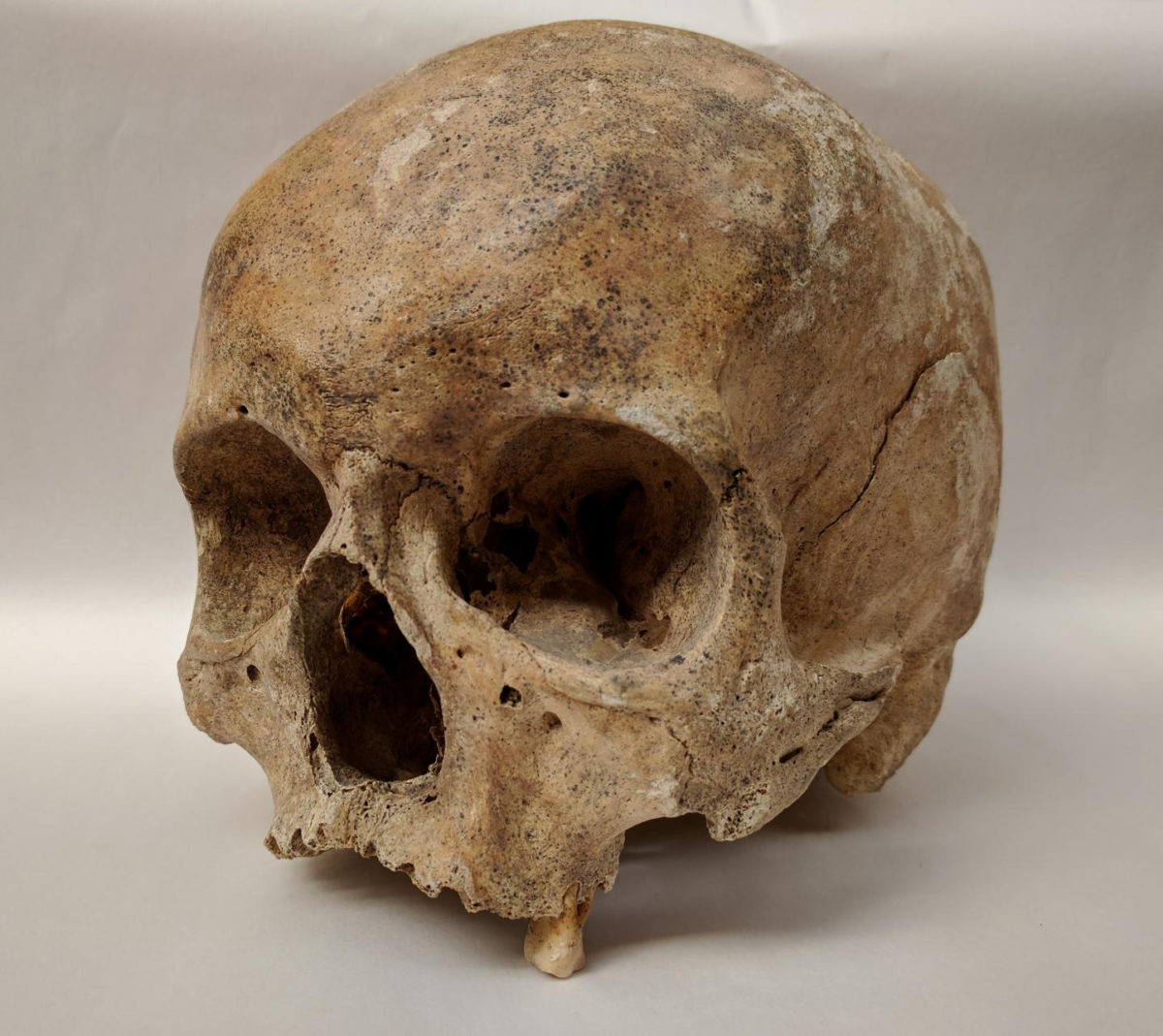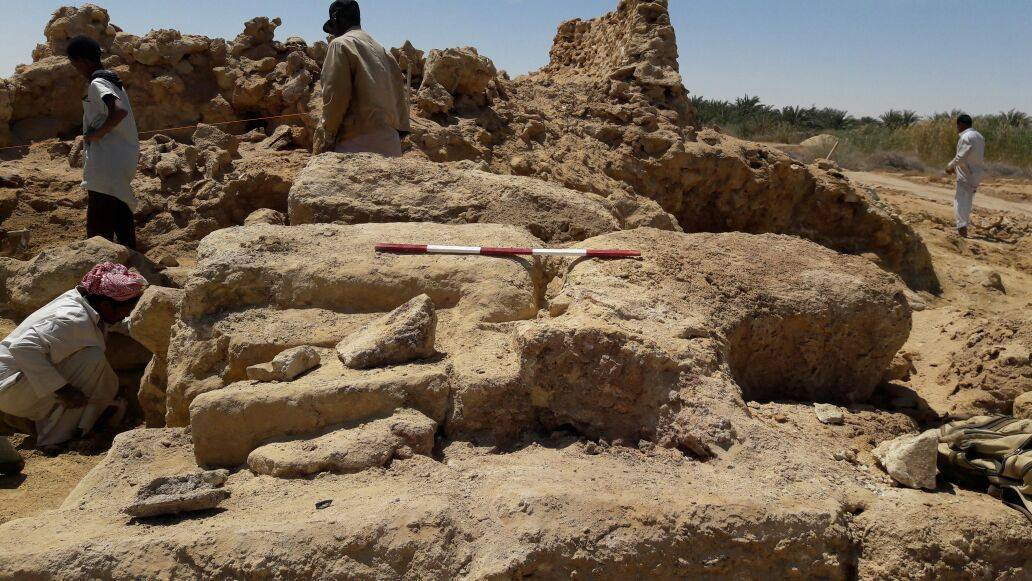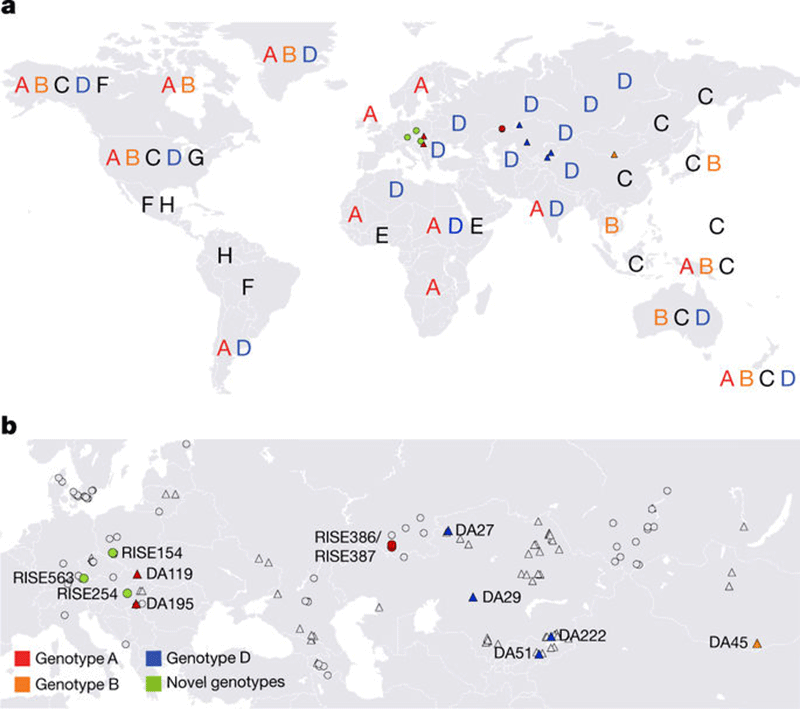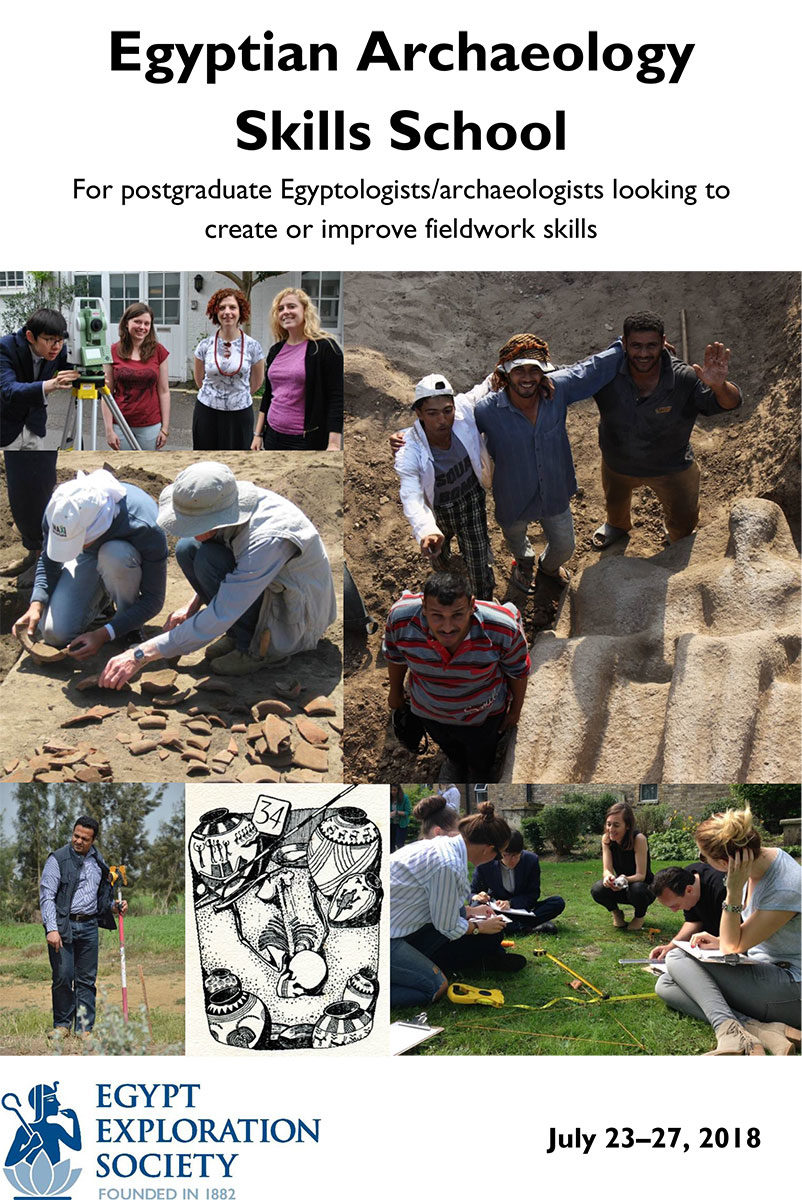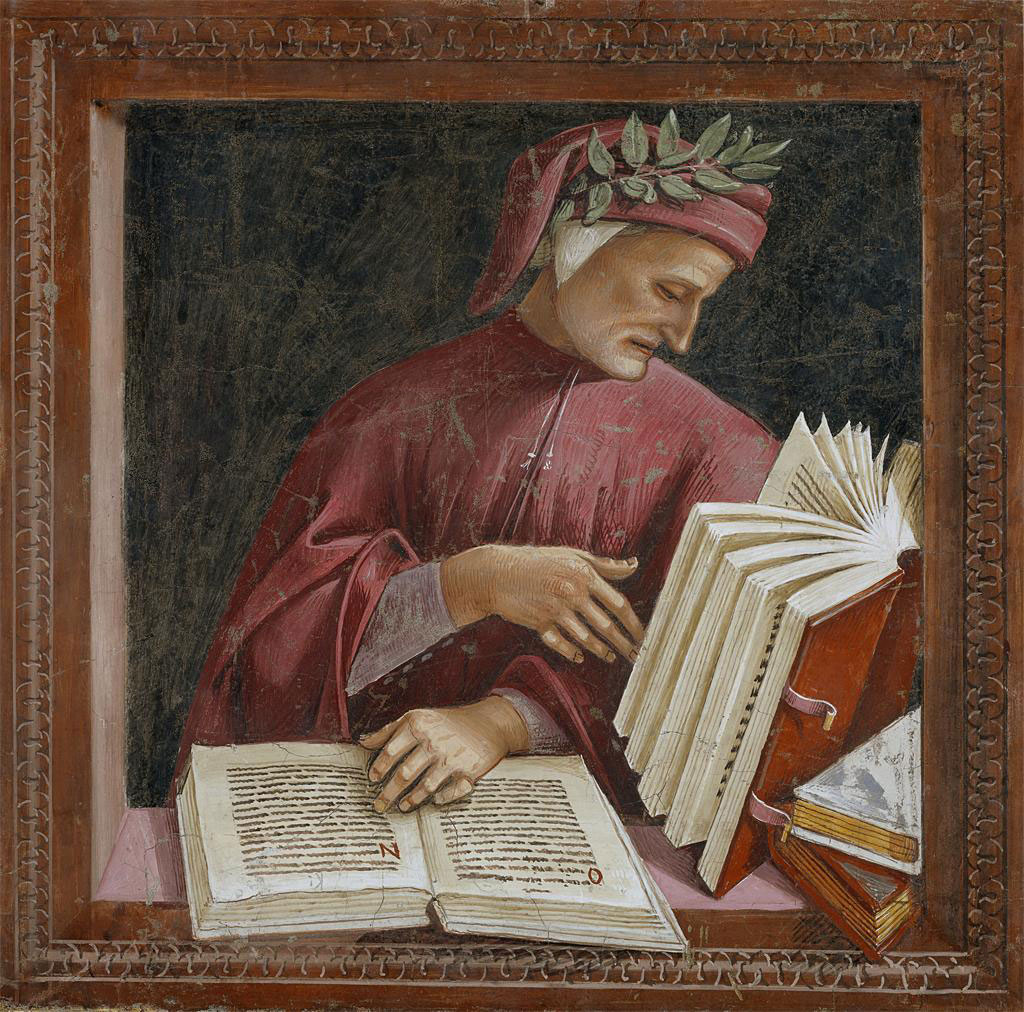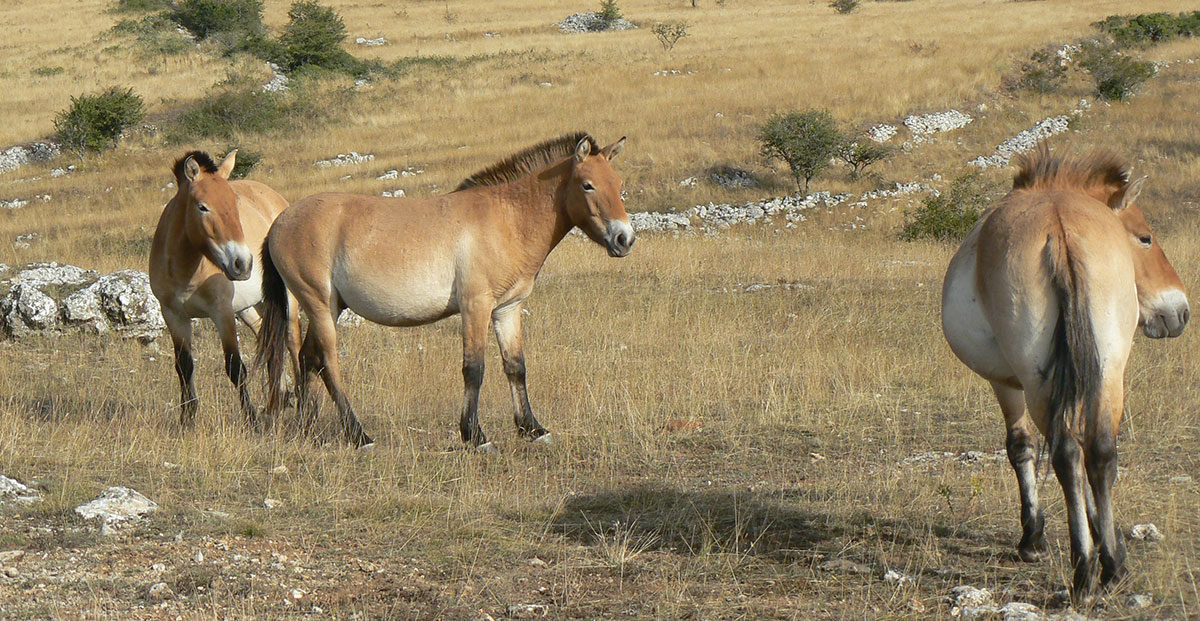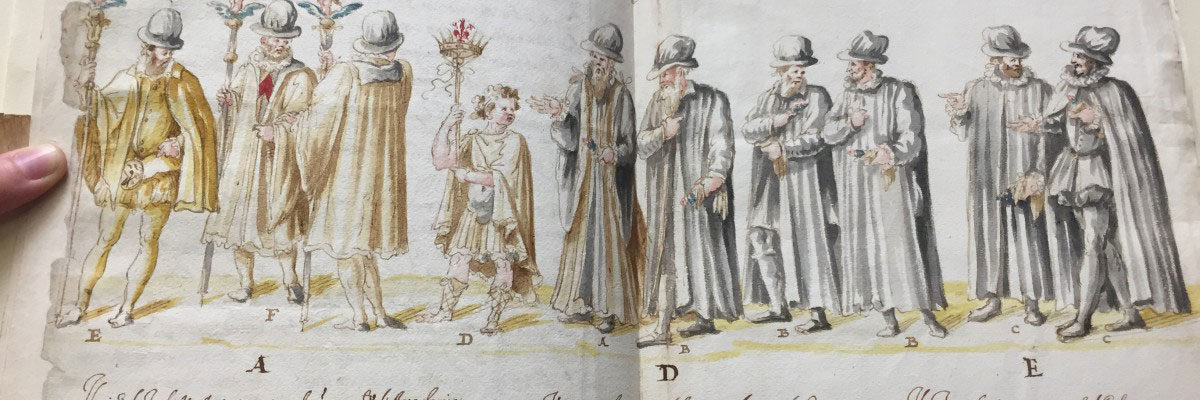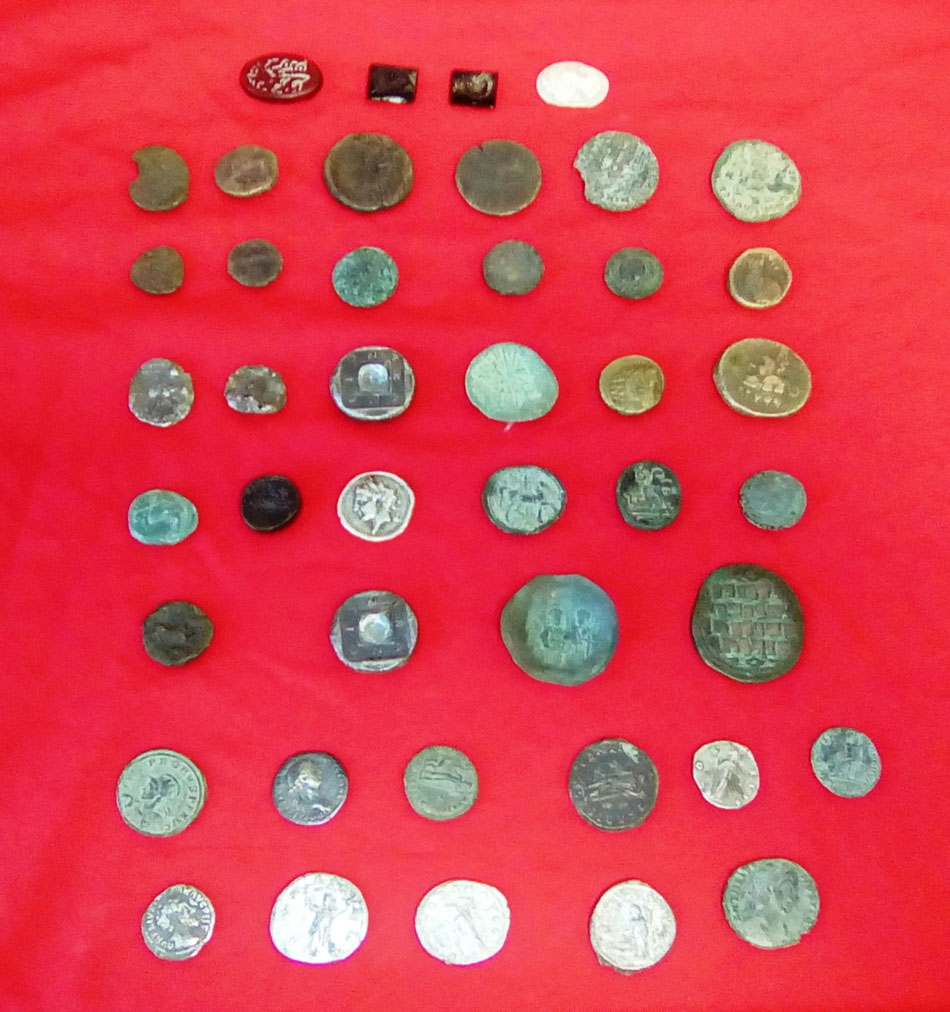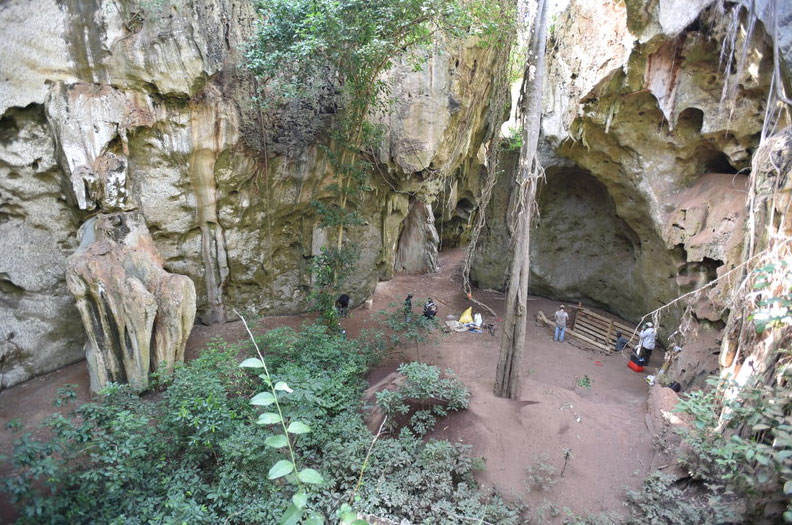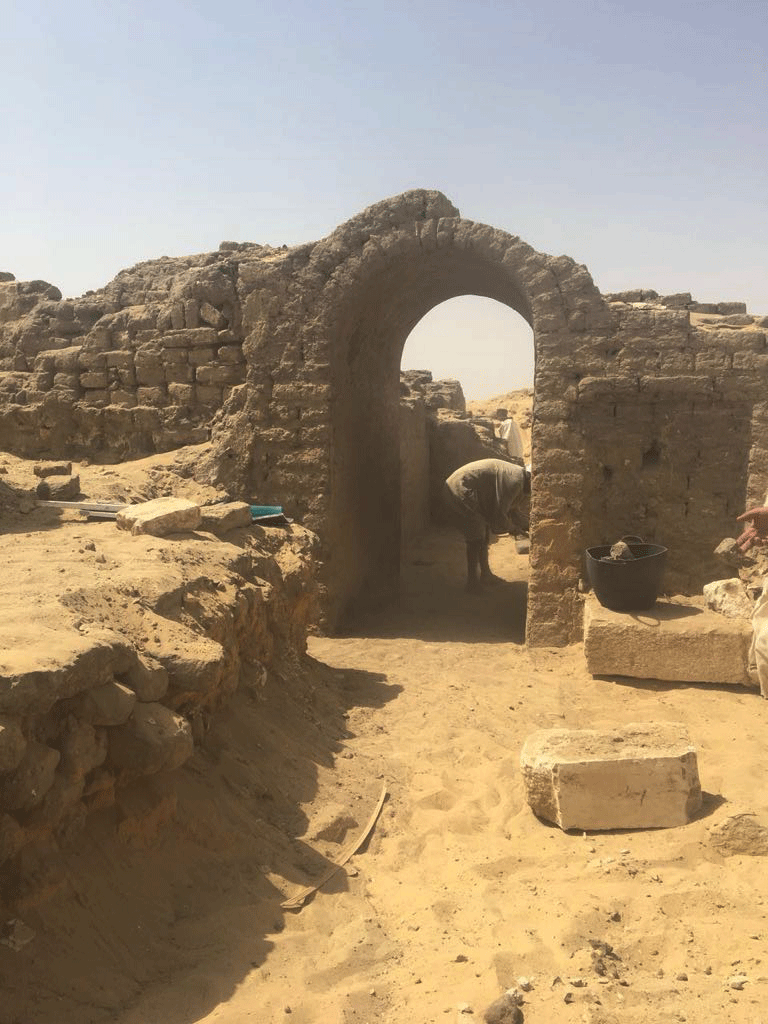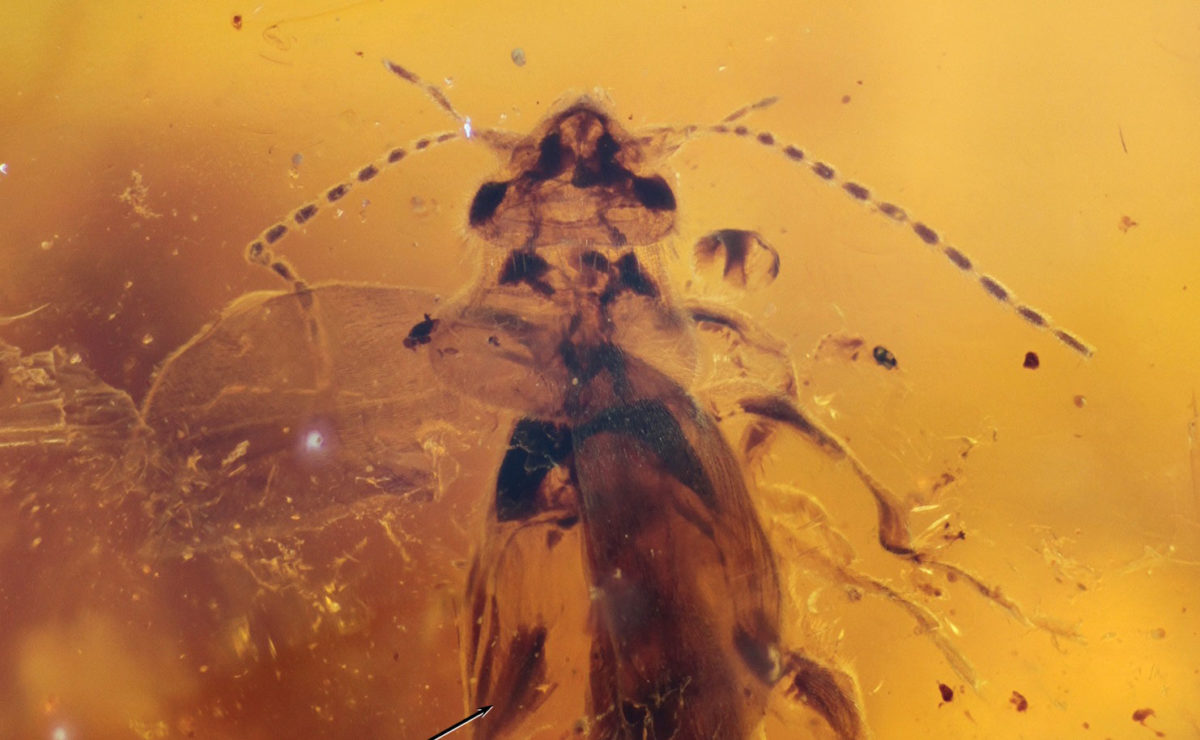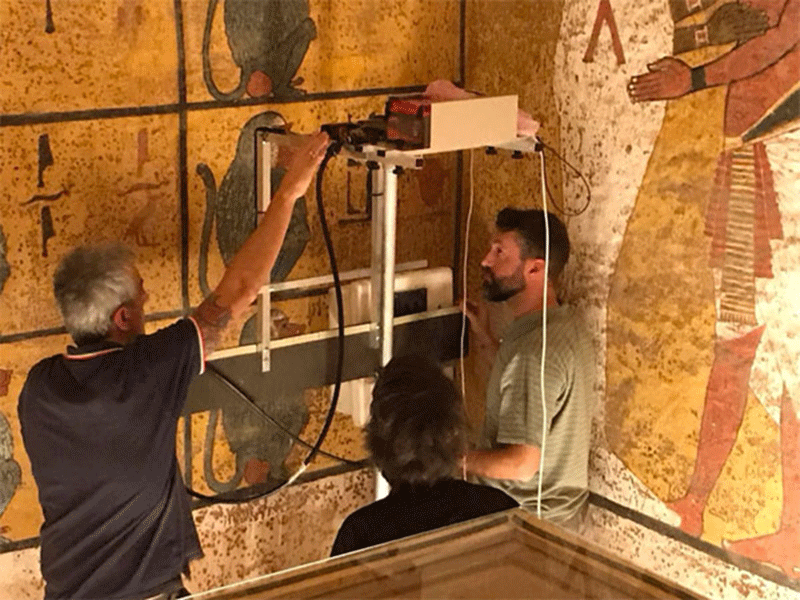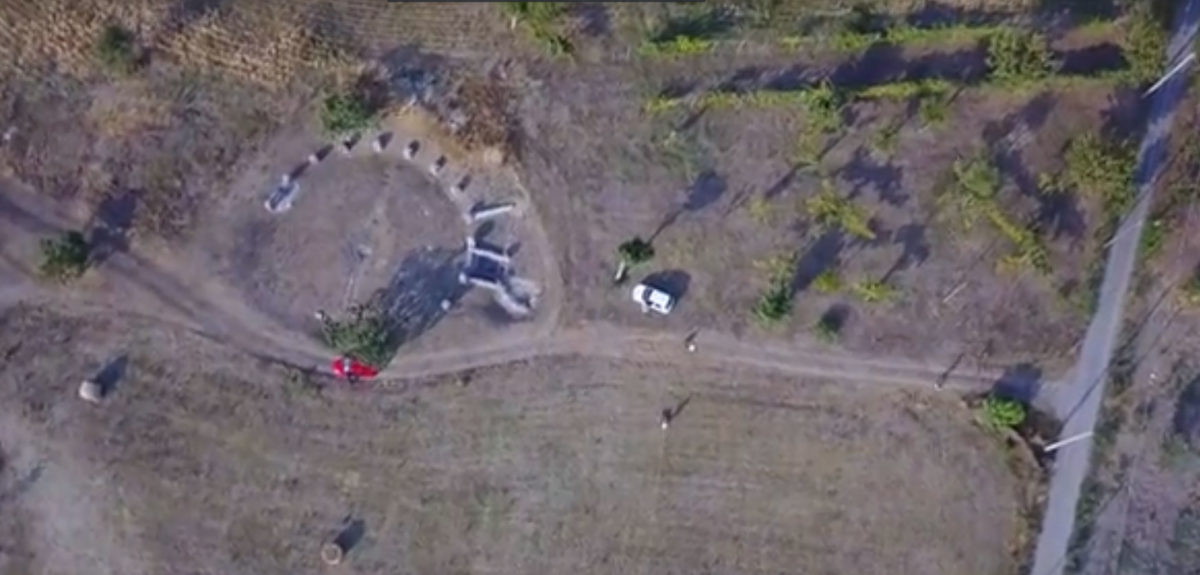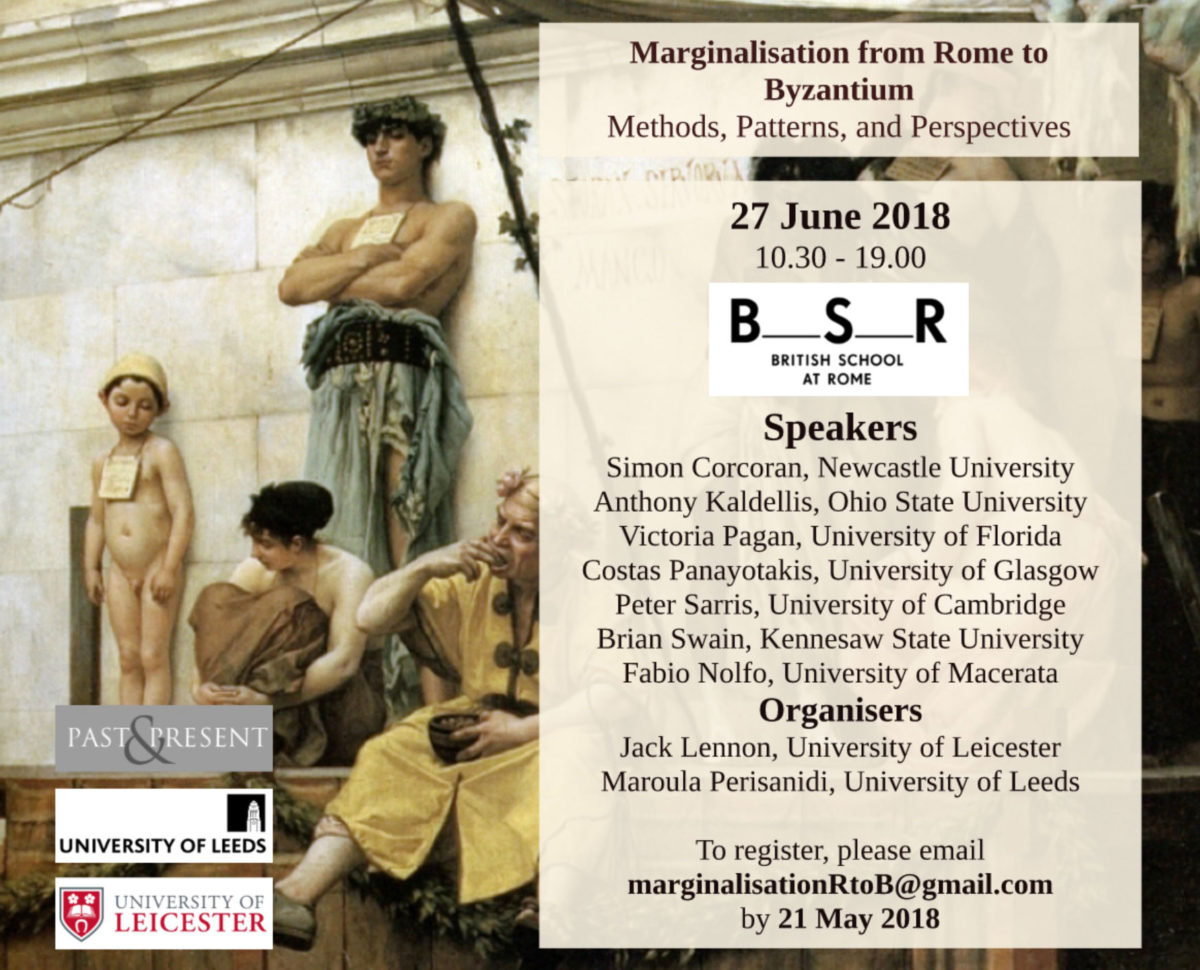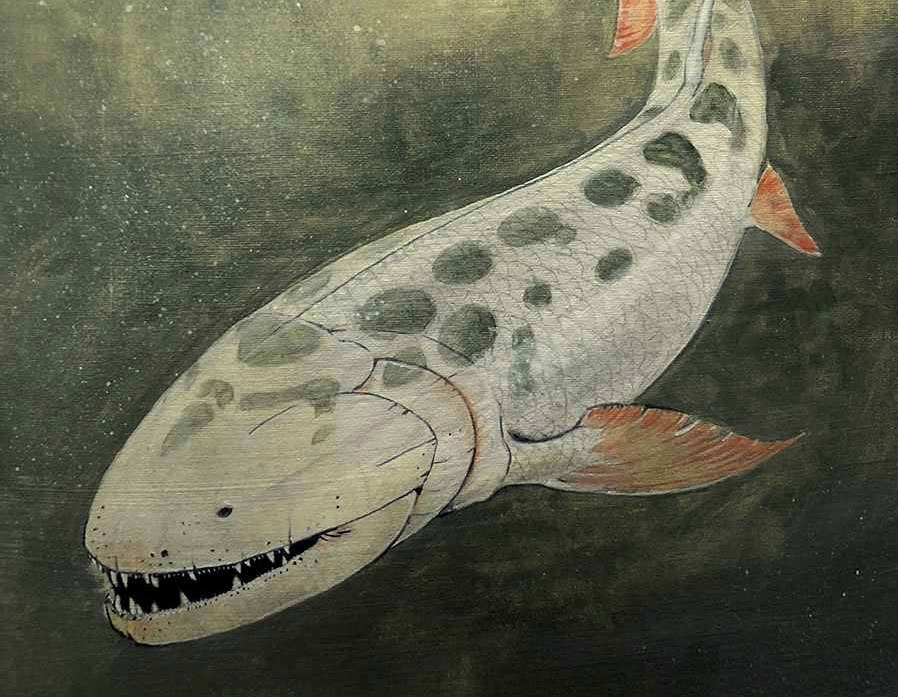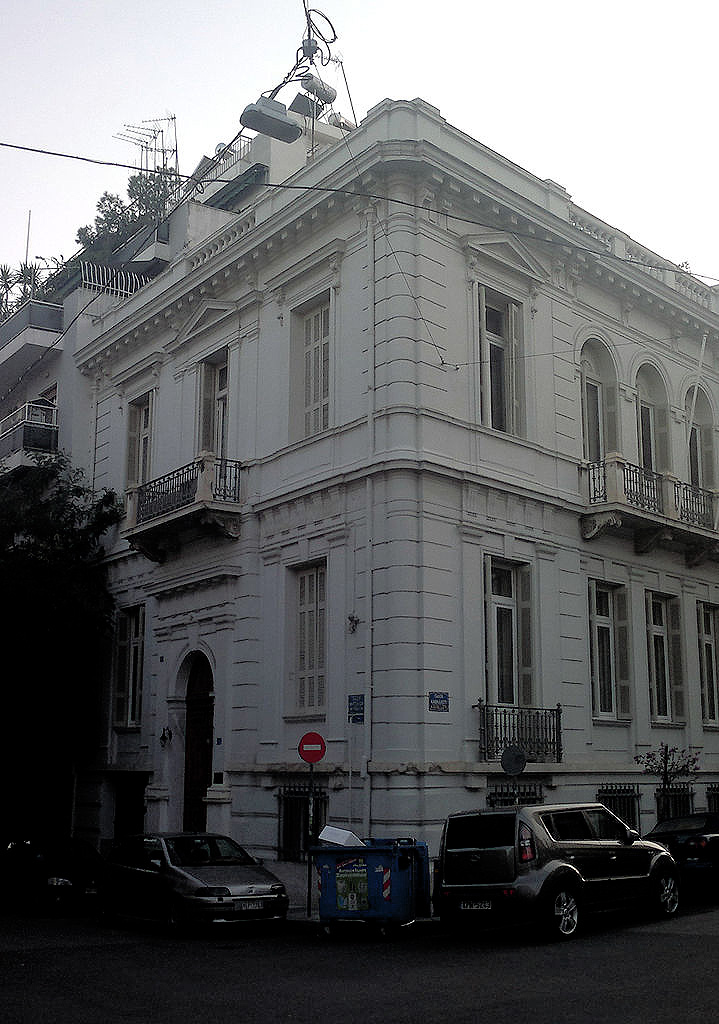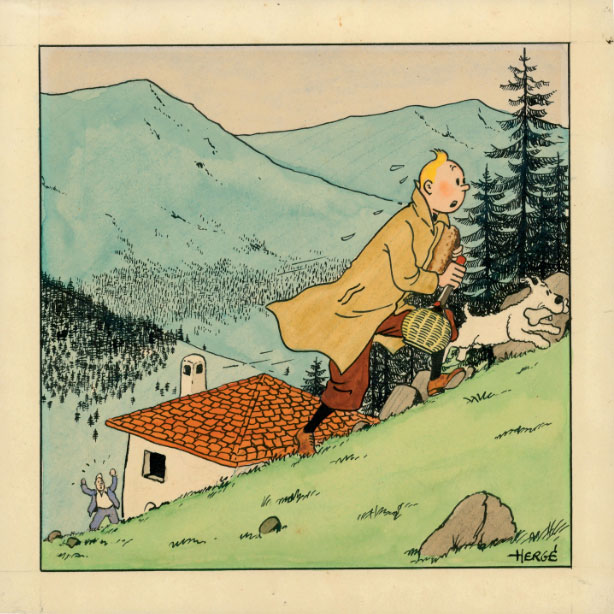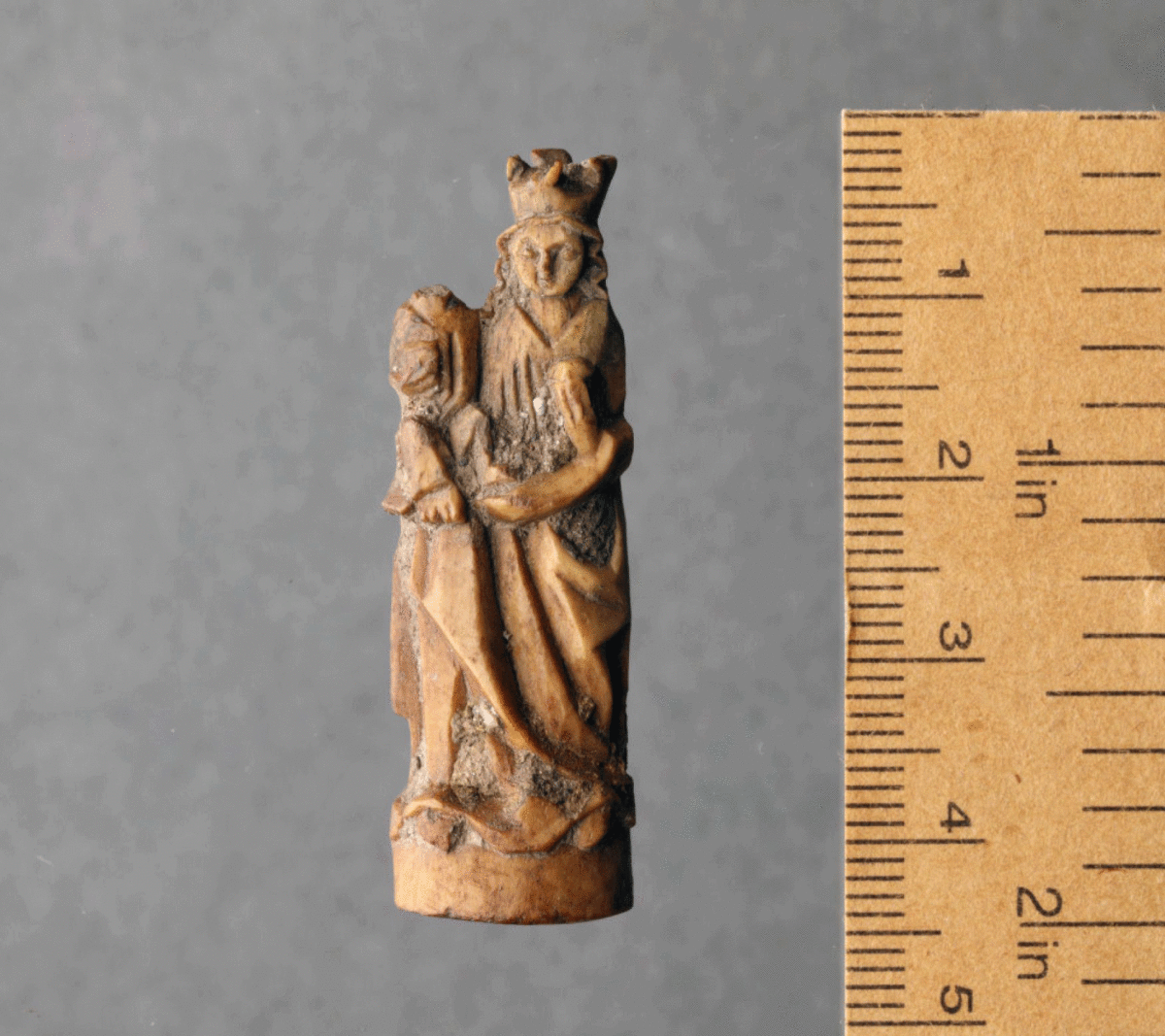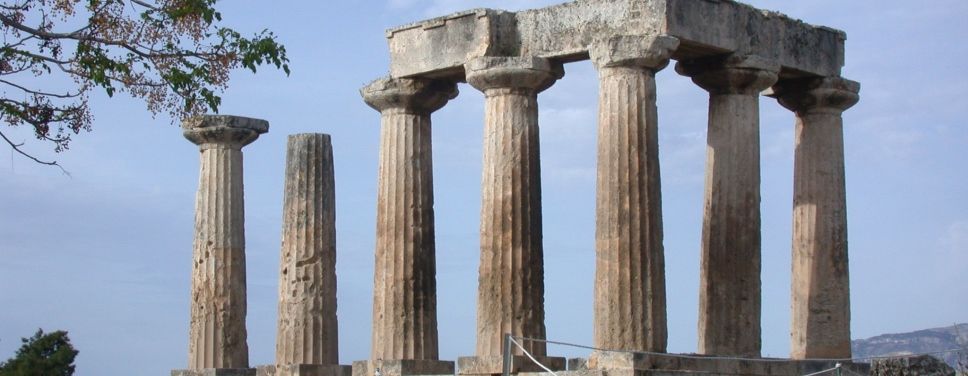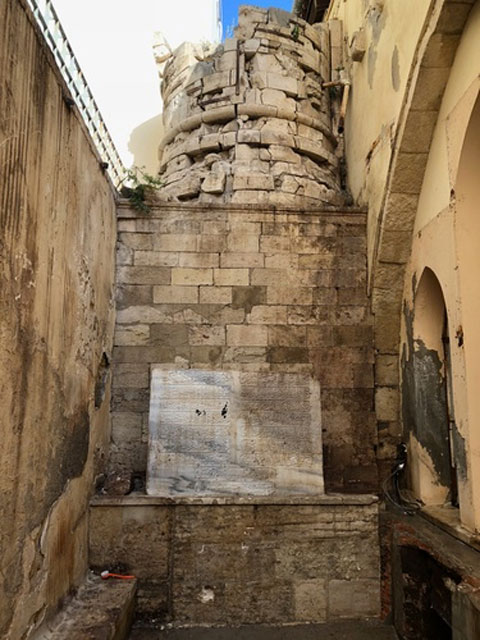500-year-old Leaning Tower of Pisa mystery unveiled by engineers
Group of 16 engineers has investigated why the Leaning Tower of Pisa has survived the strong earthquakes that have hit the region since the middle ages.
Milan: 8 fully funded PhD positions
The Doctoral School in Philosophy and Human Sciences of L'Università degli Studi di Milano announces 8 fully funded PhD positions.
A European origin for leprosy?
The largest study to date on ancient leprosy DNA reveals previously unknown diversity of strains in Medieval Europe.
Roman temple from reign of Emperor Antonius Pius discovered in Egypt
An archaeological project by the Ministry of Antiquities in Egypt has announced the discovery of a Roman temple from the 2nd century CE.
“The Antikythera Shipwreck” will travel to Beijing
The temporary exhibition had been on at the National Archaeological Museum from 2012 to 2014 drawing 800,000 visitors.
Evidence of Hepatitis B have been found in Bronze Age DNA
Researchers have found that evidence of Hepatitis B in human DNA dates back to the Bronze Age, earlier than previously though.
Egyptian Archaeology Skills School
For postgraduate Egyptologists/archaeologists looking to create or improve fieldwork skills
Fully-funded PhD studentship at Bologna University
The Department of Classics and Italian studies of Bologna University invites applications for a fully-funded PhD studentship reserved for foreign graduates.
How Indo-European languages spread across Asia
The research sheds new light on the long-standing “steppe theory” on the origin and movement of Indo-European languages made possible by the domestication of the horse.
Finding out about the history of Basque whalers by studying pottery fragments
Ceramic vessels found on a site in Lekeitio were in fact used to store whale oil.
Summer Seminars in Paleography and Archival Studies
The Medici Archive Project is pleased to announce the dates for the upcoming 2018 Summer seminars in paleography and archival studies.
Thessaloniki: Two arrests for a case of antiquity smuggling
Found in their possession and confiscated were 38 ancient coins and portable icons that fall under the provisions of the Law “On protection of antiquities and cultural heritage in general”.
78,000 year cave record from East Africa shows early cultural innovations
A project led by the Max Planck Institute for the Science of Human History has excavated the Panga ya Saidi cave site, in the coastal hinterland of Kenya.
The ancient tomb of an army general has been found in Egypt
Archaeologists in Egypt have uncovered the tomb of the Great Army General in the period of King Ramses II in Saqqara.
Is amber tricking palaeontologists?
When we see a ring or glassware made of amber, most of the times we think about its aesthetic or economic value.
Tutankhamun’s tomb contains no secret chamber
The theory that a secret chamber existed in Tutankhamun's tomb, Egypt, has been rejected, scientists concluded after special scans were performed at the site.
Geophysics Summer School at Aeclanum
Following the success of the 2017 season, the University of Edinburgh - Apolline Project excavations at Aeclanum will again run a summer school in geophysical survey in 2018.
Marginalisation from Rome to Byzantium
This conference will investigate the Roman and Byzantine Empires up to the 11th century, focusing on how marginalisation practices evolved as common assumptions about social, political, and religious margins shifted.
25 years of fossil collecting yields clearest picture of extinct 12-foot aquatic predator
After 25 years of collecting fossils at a Pennsylvania site, scientists at the Academy of Natural Sciences of Drexel University now have a much better picture of an ancient, extinct 12-foot fish and the world in which it lived.
Future For The Past: studying the past in the digital age
What role does the digital have in our study of the past? Is the digital always superior to the material/physical? These questions were central to discussions held during the conference at the Swedish Institute in Athens (February 13 - 15, 2018).
Sold for 629,000 Euros: a rare water colour by Hergé
Hergé designed and painted the water colour for the cover of the weekly magazine supplement “Petit Vingtième” that circulated on June 22 1939.
City of Prague Museum presents excavation findings
The findings from two excavations in the centre of Prague have been published by the City of Prague museum, including items from Medieval Times and a rare statuette of a Madonna.
Classical Association Secretary
The Classical Association is looking to appoint a new Association Secretary to perform the day-to-day running of this UK charity, whose remit is to promote access to the study of the classical world.
Turkish inscription found at the Agios Markos Basilica of Heraklion
The find, which came to light during recent restoration works at the monument, is an important evidence directly related to the history of the Agios Markos Basilica.
